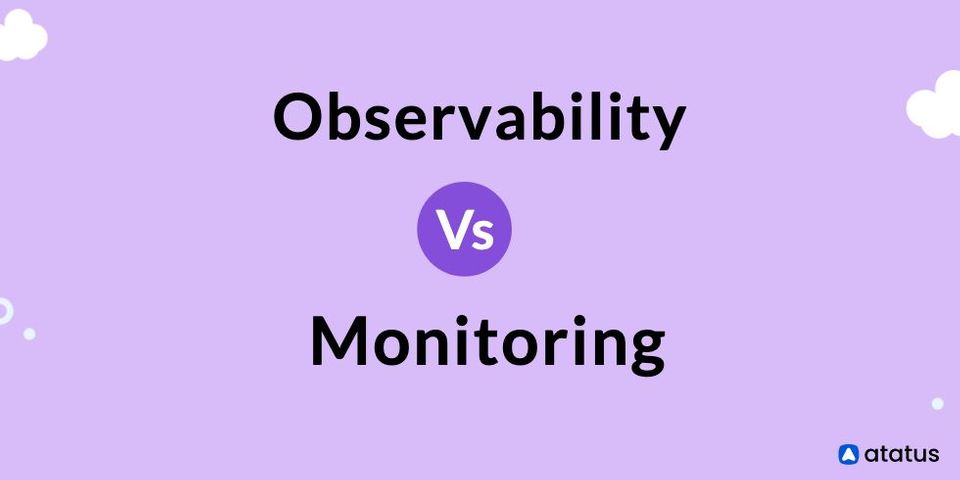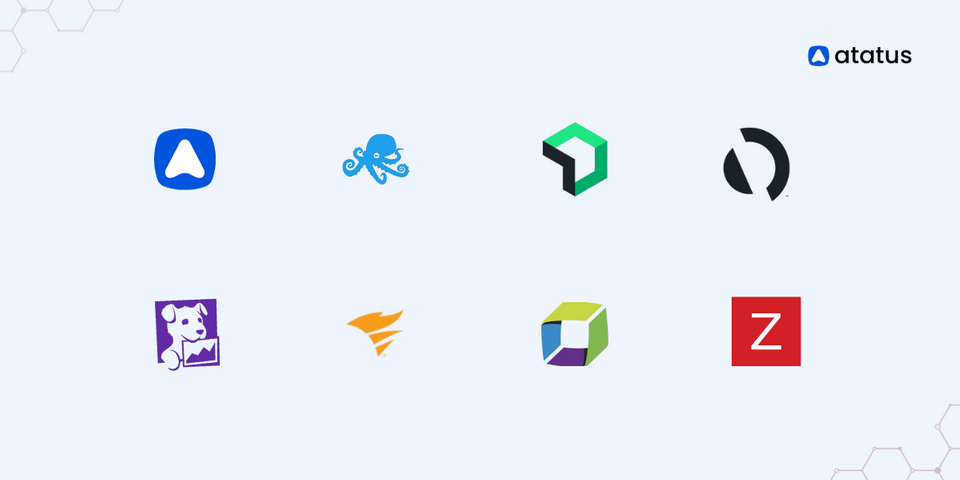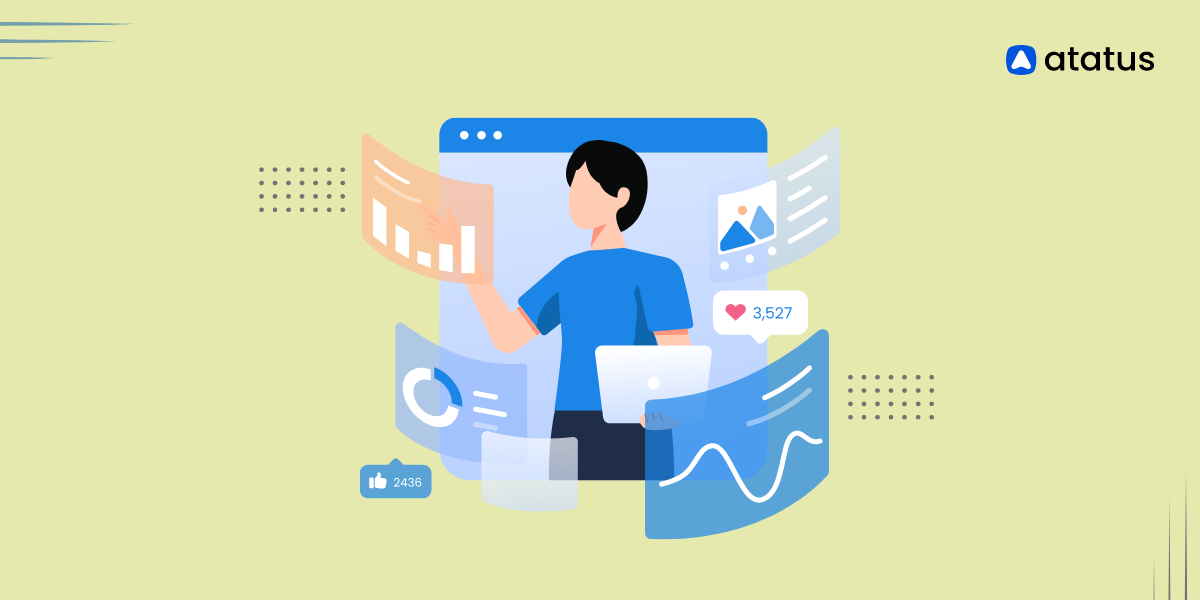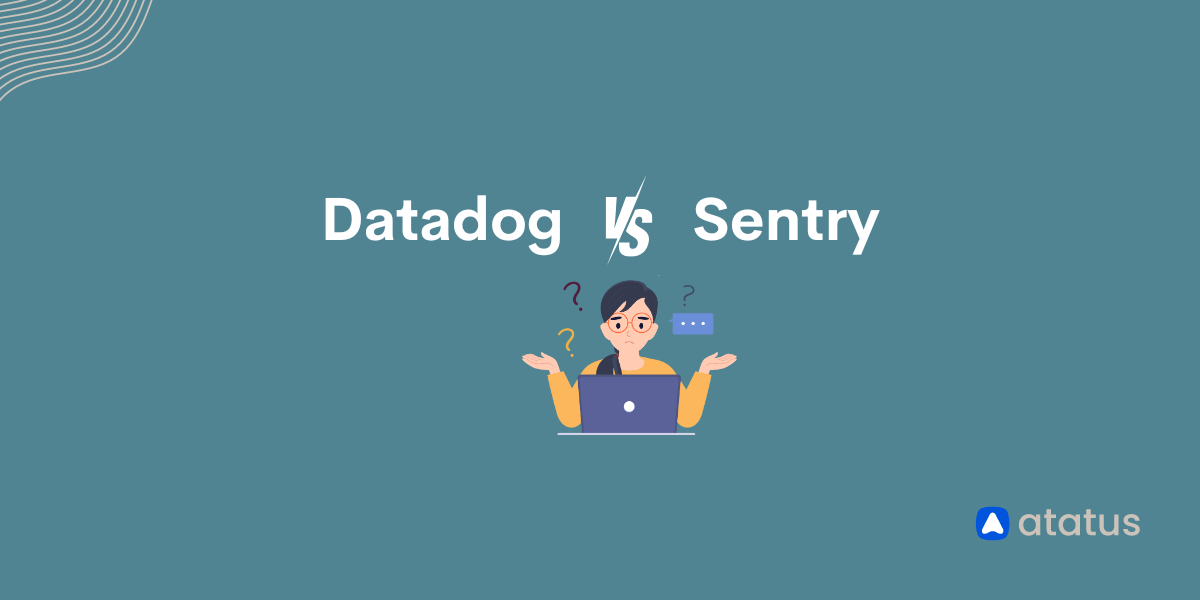Observability Vs Monitoring: Key Differences You should know
In the computing world, Observability and Monitoring has got an important place.
The recent days have witnessed a great use of these terms in the IT infrastructure and among the developers, as observability and monitoring have been extremely effective in tracking the events.

Both systems are intertwined to each other, but there is a small line of separation among the two.
What? Why? What's the difference?
These are the questions that has to be answered. Let's figure out the reasons here.
TABLE OF CONTENTS:
- What is monitoring?
- Monitoring Goals
- Benefits of Monitoring
- What is observability?
- Pillars of Observability
- Benefits of Observability
- Difference between observability and monitoring
- Wrap up
What is monitoring?
Monitoring is a method of gathering data from your organization's whole infrastructure, such as logs and metrics. The data can then be aggregated and analyzed with the help of monitoring tools.
Monitoring provides insight into your system's inner workings. It notifies you when there is an issue and assists you in reducing the time it takes to resolve it. Measuring the performance of your application gives you insight into your users' experience. Finally, you will be able to accomplish greater company results as a result of this.
Despite the fact that the rising complexity of current application systems makes simple monitoring less effective, if done appropriately, you can still get a good picture of your system's performance.
Monitoring Goals
- High Application Availability:
A monitoring setup's primary goal is to ensure maximum availability and uptime, that the application is available for as long as feasible.
Two key metrics to quantify an application's reliability are Time to Detect (TTD) and Time to Mitigate (TTM). TTD is used to determine how quickly bugs in an application are reported to the appropriate team.
TTM indicates how quickly the team can respond to an issue and restore normalcy. While the TTM metric is dependent on the issue as well as the DevOps team's capabilities, a robust monitoring setup may assure good TTD values, reducing the amount of time it takes to complete the process.
- Analysis of Usage Validates Learning:
Product teams can benefit greatly from application usage statistics. While a user can post a descriptive review of your app whenever they want, their usage statistics may give you a better idea of how well they've been able to use it.
Similarly, by examining changes in usage statistics, monitoring tools can be made smart enough to validate changes in performance across various deployments. If an update results in a reduced usage trend in the feature addressed by the update, this is an obvious red flag that the product team should address.
Benefits Of Monitoring
- Monitoring allows you to reduce the costs associated with outages. Profits are lost when a system or device goes down for an extended period of time, but with careful monitoring, you can detect and solve problems as they arise.
- Monitoring allows you to see if your assets are operating efficiently over time because it covers long-term trends in the performance of your system. You can determine whether your assets are operating efficiently and plan to update and improve your infrastructure. As a result, and with fewer technological bottlenecks, your overall productivity rises.
What is Observability?
Observability assesses how well you can understand a system's internal states by looking at its outputs. Its origins can be traced back to control theory. Instrumentation is used by Observability to deliver monitoring insights.
Monitoring is what you do when a system has become observable. Monitoring is impossible without some amount of observability.
Observable systems help you to understand system behaviours, even in complicated microservice architectures, so you can more quickly traverse from the effects to the cause. It enables you to discover answers to questions such as what service give a request and where is the performance bottlenecks occurred.
Pillars of Observability
The three major pillars of observability are as follows:

1. Logs:
Logs are permanent records of discrete events that can be used to identify unpredictably bad behaviour in a system and provide insight into what changed when things went wrong.
Ingestion of logs in a structured format, such as JSON, is strongly encouraged so that log visualisation solutions can auto-index and make logs easily queryable.
2. Metrics:
Metrics are numerical representations of data collected over time. They are the basis of monitoring, and they frequently store data about how much time or memory individual processes consume.
They are not, however, the same as event logs, which keep track of individual events. They are interested in the overall performance of the system in order to draw relevant insights.
3. Traces:
In a distributed system, a single trace shows the operation as it flows from one node to another for a single transaction or request. Traces allow you to delve into the details of specific requests to determine which components generate system faults, track flow between modules, and identify bottlenecks in the system's performance.
Benefits of Observability
When done correctly, observability provides a slew of advantages to organisations.

- Increased visibility:
It provides real-time, end-to-end visibility into the performance of your system. Furthermore, it improves the effectiveness of monitoring.
- Workflow optimization:
Because there are fewer problems and blackouts, DevOps processes can run more efficiently. Teams can accomplish more in less time.
- Correct perceptions:
As previously stated, observability enables you to gain a comprehensive understanding of your users. This allows you to develop and implement customer-centric business strategies that improve the overall user experience and boost customer trust.
Difference between Monitoring and Observability
Monitoring is something you do. You are observable. In general, when monitoring something, you need to know exactly what data to monitor.
When something goes wrong, a good monitoring tool alerts you to what is going on based on what you're monitoring.
We use monitoring to track performance, identify problems and anomalies, determine the root cause of problems, and gain insights into physical and cloud environments.
To be observable, you must monitor. Monitoring can see the external, logging can see the outputs over time, and by combining these, observability can be achieved by inferring the internal based on the historical.
Consider observability to be the insight you need to know exactly what to monitor. Observability isn't just a fancy word for monitoring. It is proactive, utilizing logs, machine learning, and causation to create a holistic system that is visible to all.
Wrap-Up
You could go on and on about the specific similarities and differences between monitoring and observability, or whether observability is a useful term or merely a buzzword. However, this will have no effect on the outcome of your DevOps processes.
Instead, consider monitoring and observability as necessities for modern DevOps teams. Yes, there may be some nuances in how you use them or what each term means.
However, when it comes to DevOps operations as a whole, you need both monitoring and observability to find and fix application issues and, as a result, provide an optimal end-user experience.
Atatus is a simple and affordable observability platform:
Atatus observability tool provides the finest user experience when it comes to putting real-time monitoring instruments in place. It is a full-stack observability platform that lets you analyse problems as if they happened in your app.
It provides a suite of real-time performance measurement tools for monitoring and improving the performance of your website's frontend and backend. Our software can collect millions of performance data points from your websites, allowing you to quickly identify problems and provide excellent digital customer service.

Atatus offers services such as APM, Server Monitoring, Logs Monitoring, Real User Monitoring, Uptime Monitoring, and API analytics. It comes with plugins and can be used with any application, regardless of framework.
#1 Solution for Logs, Traces & Metrics
APM
Kubernetes
Logs
Synthetics
RUM
Serverless
Security
More





